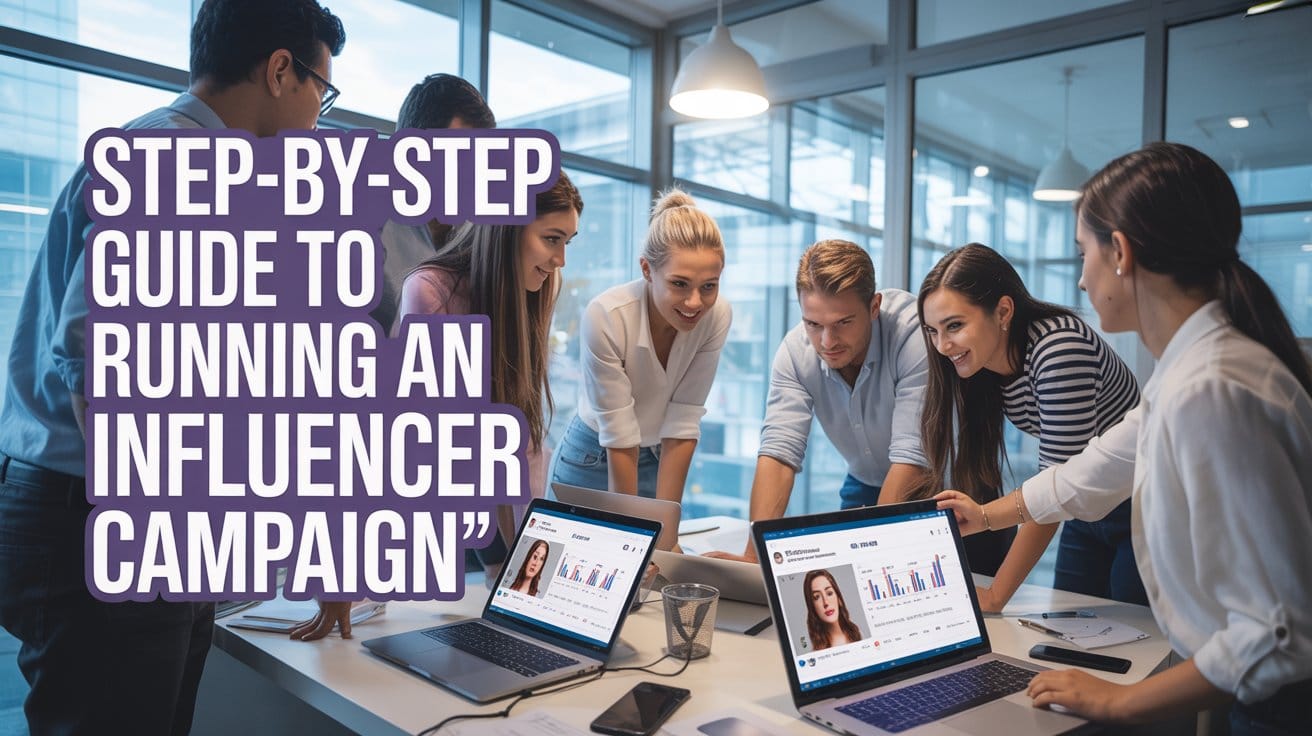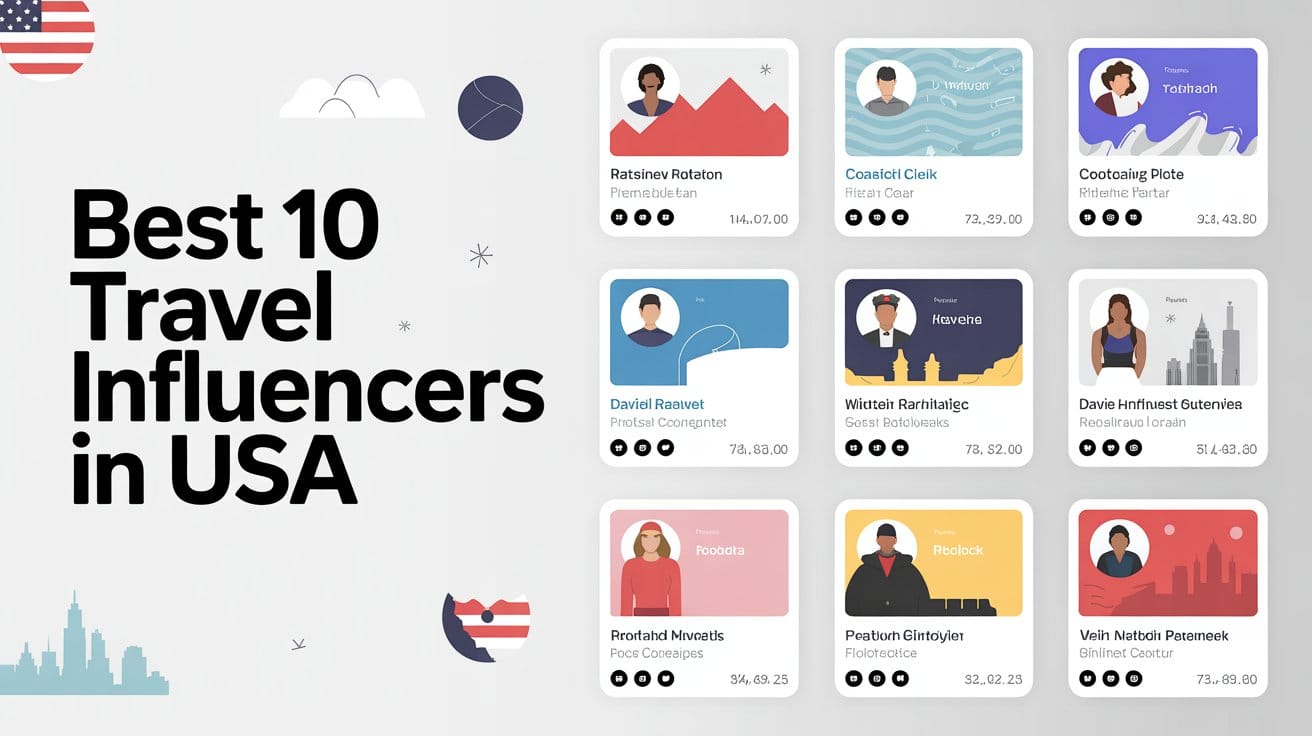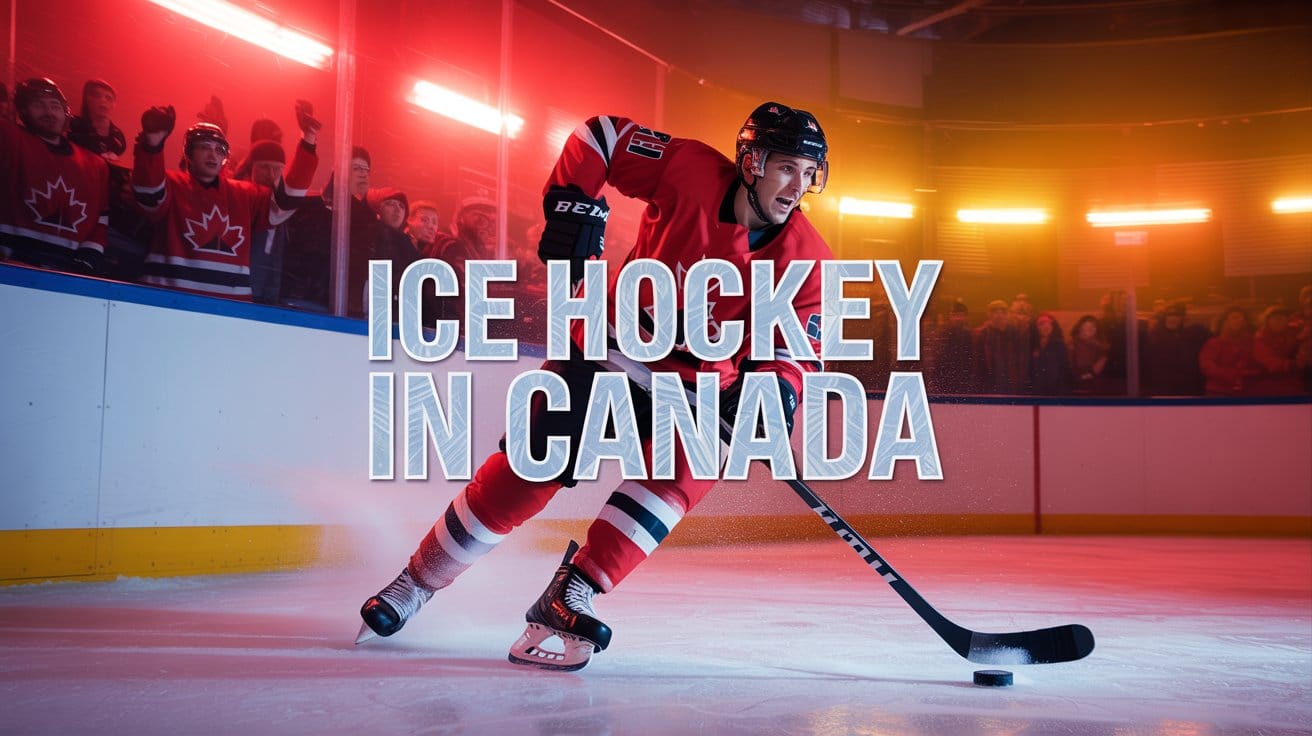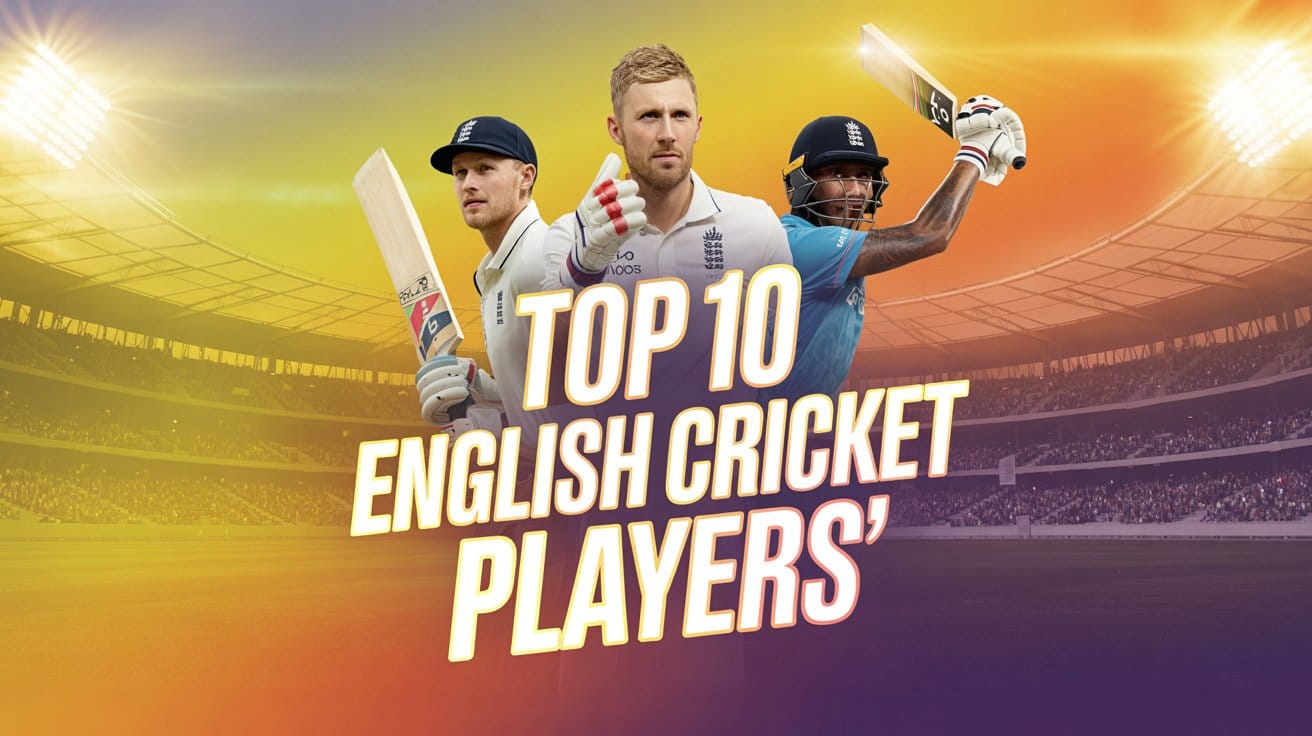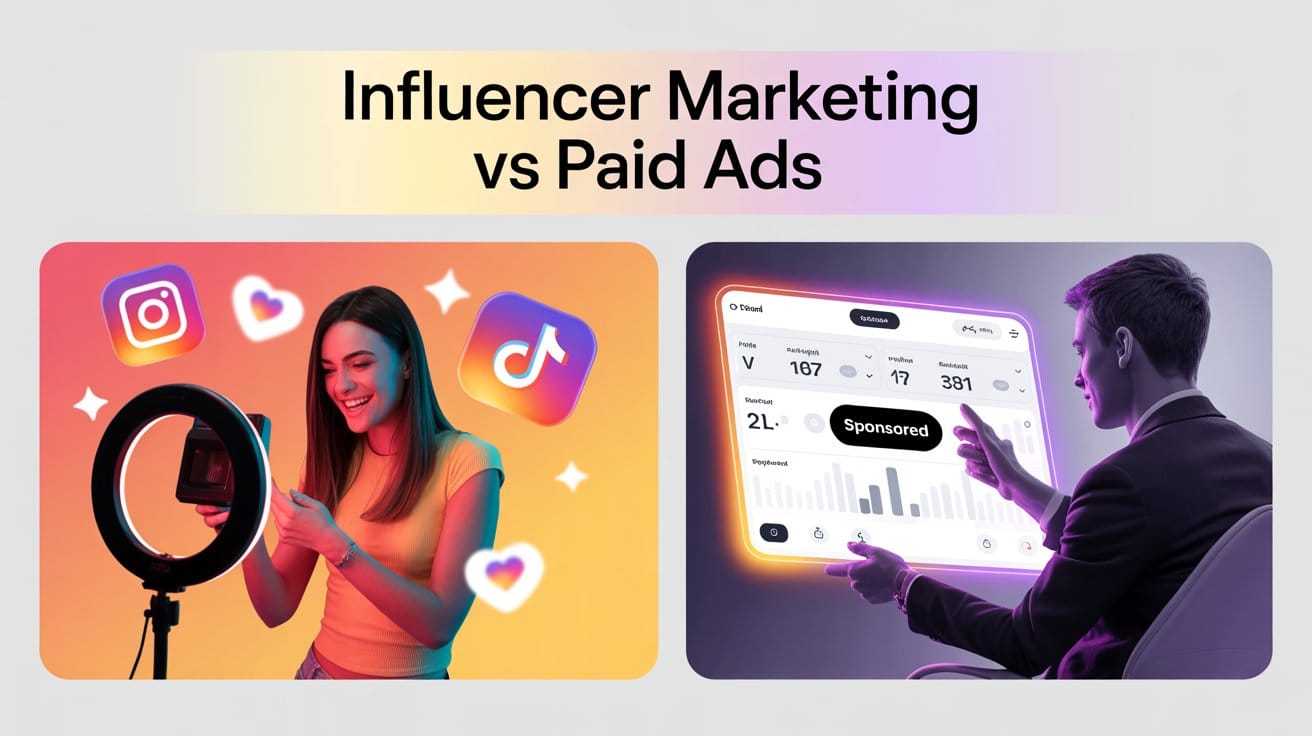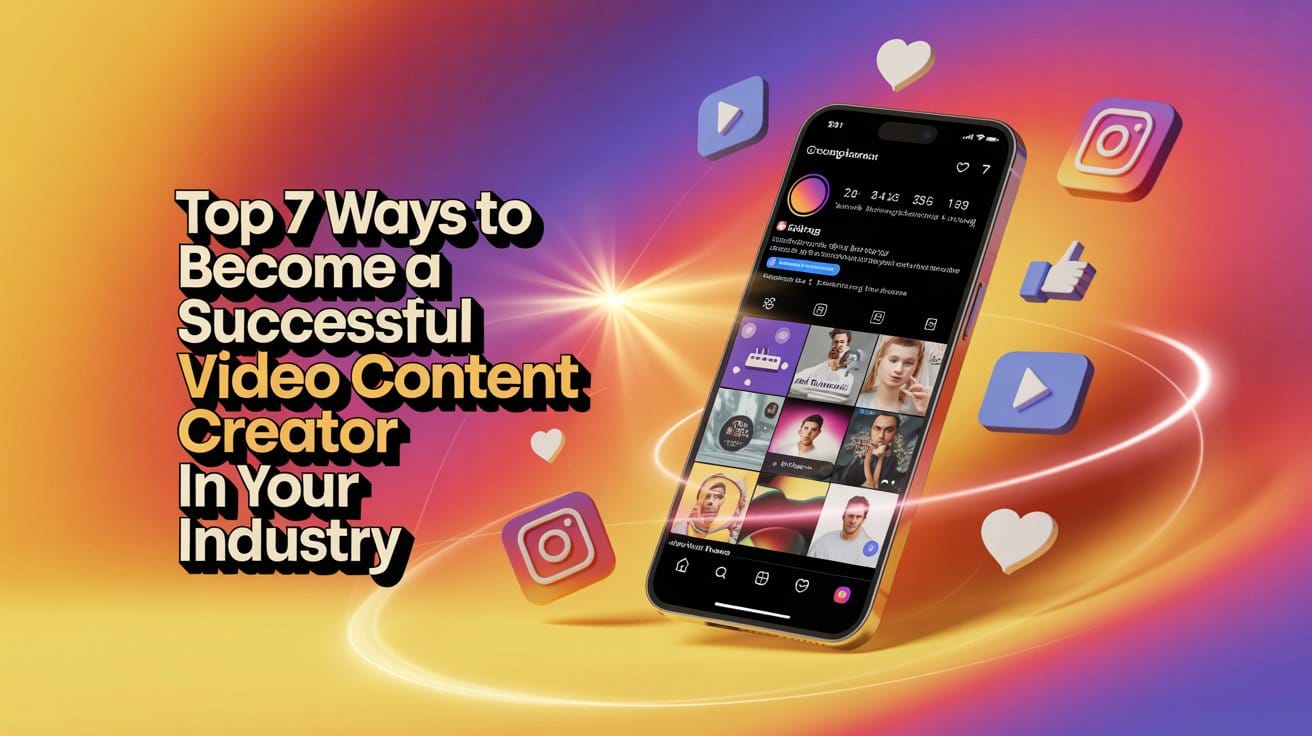In today’s digital-first era, running an influencer marketing campaign is one of the smartest ways to grow brand visibility and connect with audiences authentically. Whether you’re a startup or an established brand, influencer collaborations can help you boost awareness, credibility, and conversions, often with better ROI than traditional ads.
But to truly make an impact, your campaign needs the right planning, execution, and measurement. Let’s explore the complete step-by-step process of running a successful influencer campaign from start to finish.
1. Define Your Campaign Goals
Every successful influencer marketing strategy starts with crystal-clear goals.
Ask yourself: What do I want this campaign to achieve?
Common goals include:
- Increasing brand awareness
- Driving website traffic or app downloads
- Generating qualified leads or sales
- Launching a new product
- Building credibility and community trust
Once your goals are defined, set measurable KPIs like engagement rate, impressions, reach, or conversions. This clarity will shape every decision, from influencer selection to content creation and performance tracking.
2. Identify Your Target Audience
The best influencer campaigns are built around understanding your audience.
Define your buyer persona by analyzing:
- Age, gender, and location
- Interests and online behaviors
- Preferred social platforms
- Pain points and motivations
This helps you select influencers whose followers match your target audience. For instance, a skincare brand should collaborate with beauty influencers who create skincare tutorials and product reviews, not generic lifestyle creators.
3. Choose the Right Platform
Selecting the right social media platform is crucial to your influencer marketing success.
Each platform caters to unique audience types and content styles:
- Instagram: Ideal for fashion, beauty, travel, and lifestyle brands.
- YouTube: Great for product reviews, tutorials, and storytelling content.
- TikTok: Perfect for viral trends and Gen Z-focused engagement.
- LinkedIn: Best for B2B influencer collaborations and thought leadership.
- Twitter/X: Works well for tech, finance, and real-time conversations.
Choosing the right platform ensures your message reaches the right audience in the most engaging format.
4. Find the Right Influencers
The influencer you choose can make or break your campaign.
Rather than chasing big follower counts, focus on authenticity, engagement, and relevance.
Here are influencer tiers to consider:
- Nano Influencers (1K–10K followers): Affordable, high engagement.
- Micro Influencers (10K–100K followers): Niche audiences with strong trust.
- Macro Influencers (100K–1M followers): Ideal for broad reach and visibility.
- Mega Influencers (1M+ followers): Great for massive awareness campaigns.
Use tools like HypeAuditor or collaborate with a professional influencer marketing agency in India like Fame Keeda to identify creators who fit your goals, budget, and brand identity.
5. Evaluate Influencers Before Collaboration
Before finalizing any influencer, review their performance metrics and brand alignment.
Key factors to analyze include:
- Engagement Rate: Reflects how active and loyal their followers are.
- Audience Demographics: Ensure their followers match your target customers.
- Content Quality: Check their creativity, style, and authenticity.
- Previous Brand Deals: Assess their professionalism and promotional approach.
- Reputation: Look for credibility and positive audience sentiment.
A well-vetted influencer ensures your collaboration drives real, measurable results, not just vanity metrics.
6. Plan Your Campaign Budget
Your influencer marketing budget should reflect your goals, content type, and influencer tier.
Key cost factors include:
- Influencer fees or barter collaborations
- Production costs (shoots, props, editing)
- Paid promotion or ad amplification
- Tracking tools and analytics
Micro and nano influencers often deliver exceptional ROI at lower costs, especially for startups aiming to build strong communities before scaling up.
7. Create a Strong Campaign Brief
A clear influencer campaign brief sets expectations and ensures everyone is aligned.
Your brief should include:
- Brand background and objective
- Tone and key message
- Content format and guidelines
- Mandatory tags, hashtags, and CTAs
- Timeline and approval process
Remember: give influencers creative freedom. Their unique voice and content style are what make their followers trust their recommendations. Authenticity always outperforms over-scripted content.
8. Launch and Monitor the Campaign
Once your content goes live, the real work begins, performance tracking.
Use analytics tools and platform insights to measure:
- Engagement rate (likes, comments, shares)
- Reach and impressions
- Click-through rates
- Conversion metrics (sales, leads, sign-ups)
Stay active during the campaign, comment, share, and engage with influencer posts to boost visibility.
If certain content formats perform better, amplify them through paid ads or reposts across your brand’s channels.
9. Analyze Results and Optimize
After the campaign ends, it’s time to evaluate performance.
Compare your KPIs with initial goals and identify what worked best:
- Which influencer delivered the highest ROI?
- Which platform performed strongest?
- What content type drove the most engagement?
Use these insights to refine your next influencer marketing campaign.
Continuous optimization helps build long-term brand credibility and ensures your influencer collaborations evolve with audience trends.
10. Build Long-Term Influencer Relationships
One-off campaigns deliver visibility, but long-term influencer partnerships build trust and loyalty.
Nurture relationships with influencers who genuinely love your brand. Offer them exclusive previews, event invites, or ambassador roles.
This consistency leads to stronger storytelling and deeper brand advocacy, a key ingredient in sustained success.
Conclusion: The Future of Influencer Marketing Lies in Authentic Collaboration
Running a successful influencer marketing campaign isn’t about flashy posts or viral trends, it’s about authentic storytelling, data-driven strategy, and meaningful connections.
When brands collaborate with creators who truly resonate with their audience, they don’t just promote products, they build communities.
As influencer marketing continues to evolve in 2025 and beyond, brands that focus on transparency, creativity, and audience-first strategies will stand out. Whether you’re launching a startup or scaling an established brand, influencer marketing offers a direct path to engagement and growth.
🚀 Ready to grow your startup with influencer marketing?
At Fame Keeda, India’s leading Influencer Marketing Agency, we help brands connect with the right creators to amplify reach, build authentic engagement, and scale faster, without burning ad budgets.
From strategy and influencer discovery to content management and campaign reporting, our team ensures your brand story reaches the right audience, the right way.
👉 Let’s make your next influencer campaign go viral.
Get in touch with Fame Keeda today!



